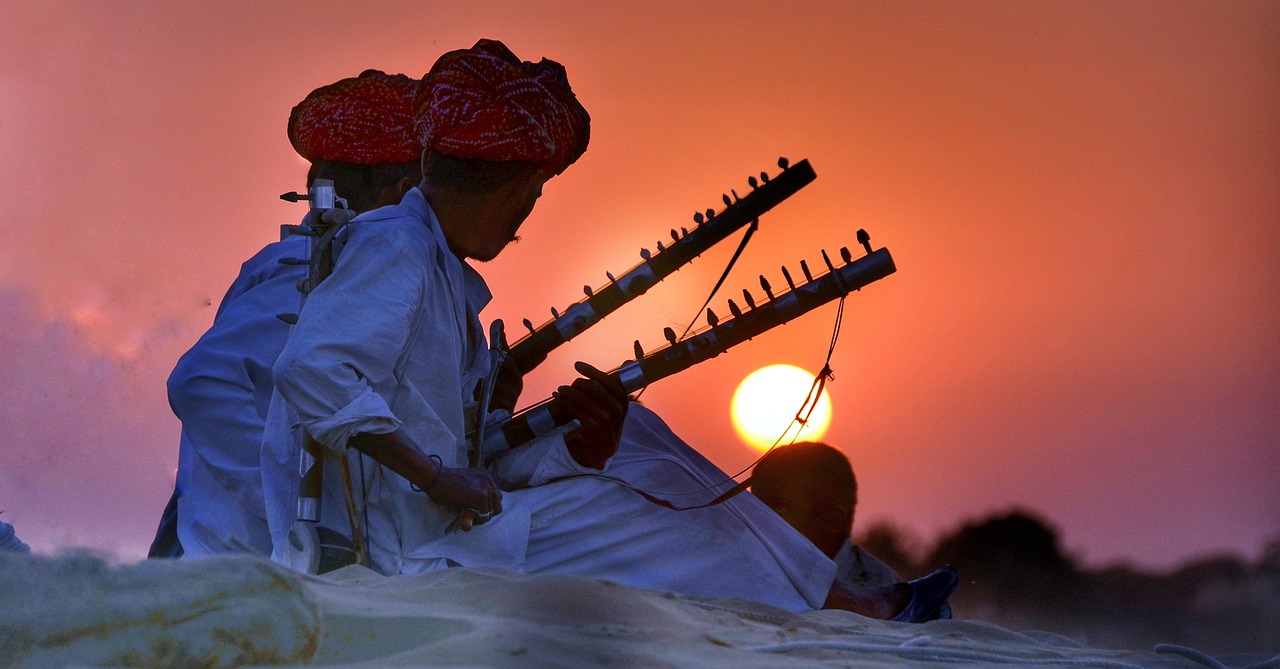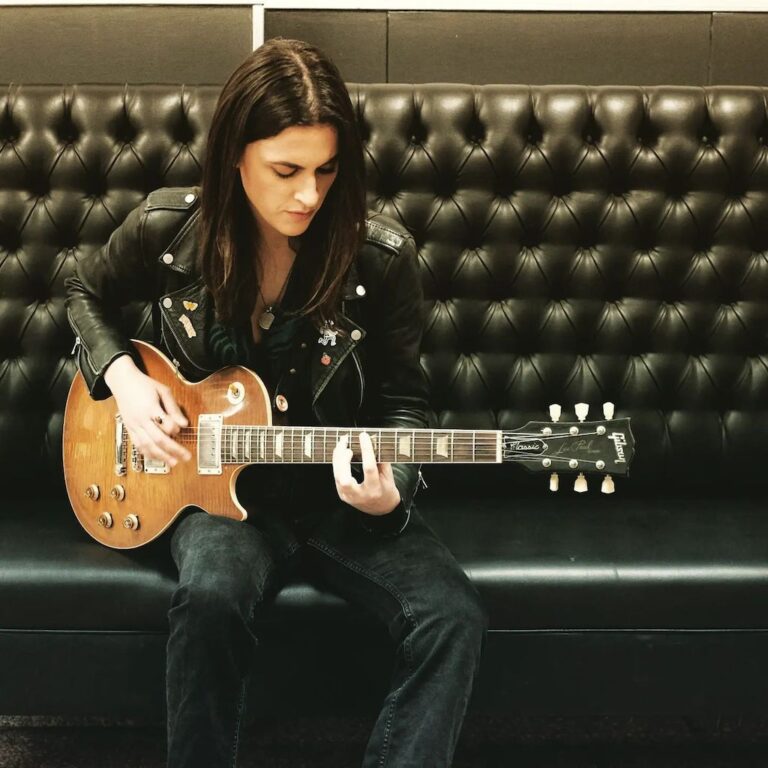We Are One: Exploring How Music Unites Humanity Across Cultures
An exploration of music’s power to transcend borders and connect people worldwide

In a world often divided by borders, politics, and conflict, the universal adagio “We Are One” offers a powerful message of unity and oneness. Through harmonious melodies and intricate rhythms, music invites listeners to transcend differences and celebrate our shared humanity, creating connections that span across continents, languages, and cultural traditions.
At its essence, music is perhaps humanity’s most effective universal language—one that doesn’t require translation to evoke emotion and foster connection.
The Universal Language of Music
Music speaks directly to our emotional core, bypassing linguistic and cultural barriers that often separate us. When we listen to a moving piece of music, whether it’s a classical symphony, a traditional folk melody, or a contemporary fusion of styles, we connect with the emotions and intentions behind it, regardless of where it originated.
This universality makes music a powerful tool for unity. Scientific research has shown that music activates similar neural pathways across different cultures, suggesting that our response to rhythm, melody, and harmony is fundamentally human rather than culturally determined.
“Music is the one incorporeal entrance into the higher world of knowledge which comprehends mankind but which mankind cannot comprehend.” — Ludwig van Beethoven
Rhythmic Connections: The Power of Shared Experience
At the heart of music’s unifying power is rhythm—the organizational framework that gives music its structure and drive. Across continents and throughout history, humans have used rhythm not only as an artistic element but as a communal activity that brings people together:
- In West Africa, drum circles serve as community gatherings where participants contribute to a greater whole
- Indigenous cultures worldwide use rhythmic music in ceremonies to connect communities with each other and their ancestral traditions
- Modern musical festivals create temporary communities united by shared rhythmic experiences
- Global dance movements spread across borders, connecting people through common movements and beats
When we clap, dance, or move to a beat, we physically synchronize with others in a profound way. This synchronization creates a sense of “collective effervescence”—a sociological concept describing the heightened sense of unity that emerges when people engage in communal activities.
Global Collaborations: Music Without Borders
In our digital age, musical collaborations that span continents and traditions have become increasingly common. Projects like “Playing For Change” exemplify this global unity by bringing together musicians from diverse backgrounds to create harmonious works that celebrate our differences while highlighting our common humanity.
“King Clave” featuring legendary percussionist Mickey Hart and the Planet Drum ensemble represents this collaborative spirit perfectly. This “Song Around The World” project showcases musicians from different cultures and backgrounds coming together to play the same song, demonstrating music’s unparalleled power to unite people across borders and traditions.
In this remarkable collaboration, Hart’s rhythmic foundation provides the heartbeat of the song, while musicians from around the globe contribute their unique voices and styles. The result is a tapestry of sound that honors diversity while creating something greater than the sum of its parts.
Harmony in Diversity: Cultural Preservation Through Musical Exchange
True musical unity doesn’t mean erasing cultural differences or creating a homogenized global sound. Rather, it celebrates the rich tapestry of musical traditions while finding points of connection between them. When artists collaborate across traditions, they often discover surprising similarities in scales, rhythms, and expressive techniques.
The most successful cross-cultural musical collaborations maintain respect for each tradition’s integrity while creating something new at their intersection. This approach to music mirrors an ideal model for human cooperation: honoring differences while working together toward common goals.
When diverse musical traditions come together, they don’t diminish each other—they enhance and illuminate one another, creating richer expressions than either could achieve alone.
Digital Unity: Technology’s Role in Musical Connection
Digital technology has revolutionized our ability to create and share music across borders. Today, musicians can collaborate remotely, audiences can discover traditions from across the globe, and music can spread virally regardless of commercial backing or geographic origin.
While there are valid concerns about cultural appropriation and the homogenizing effects of globalization, technology has also created unprecedented opportunities for cultural preservation and exchange. Indigenous communities use digital platforms to share and preserve traditional music, while independent artists can find global audiences for unique cultural expressions.
Projects like the one featured above demonstrate how technology can be harnessed to create genuine connection rather than exploitation, bringing together artists who might never otherwise have the opportunity to collaborate.
Conclusion: The Harmonious Path Forward
As we navigate an increasingly complex and often divided world, music offers us a model for unity that doesn’t require uniformity. Through shared rhythms, collaborative creation, and respectful exchange, music demonstrates that our differences can be a source of strength and beauty rather than conflict.
The message of “We Are One” is not that we must all become the same, but rather that our unique voices can come together to create something more beautiful than any could achieve alone. Whether through global projects like “King Clave” or local community music-making, this spirit of musical unity offers a powerful vision for human connection across differences.
By embracing music’s capacity to unite while honoring diversity, we can find pathways to greater understanding, cooperation, and harmony in all aspects of our shared existence. In a world that often emphasizes what divides us, music reminds us of the fundamental oneness that connects all humanity—a rhythm that beats in every human heart, across all cultures, throughout all of history.
“Music is the universal language of mankind.” — Henry Wadsworth Longfellow



